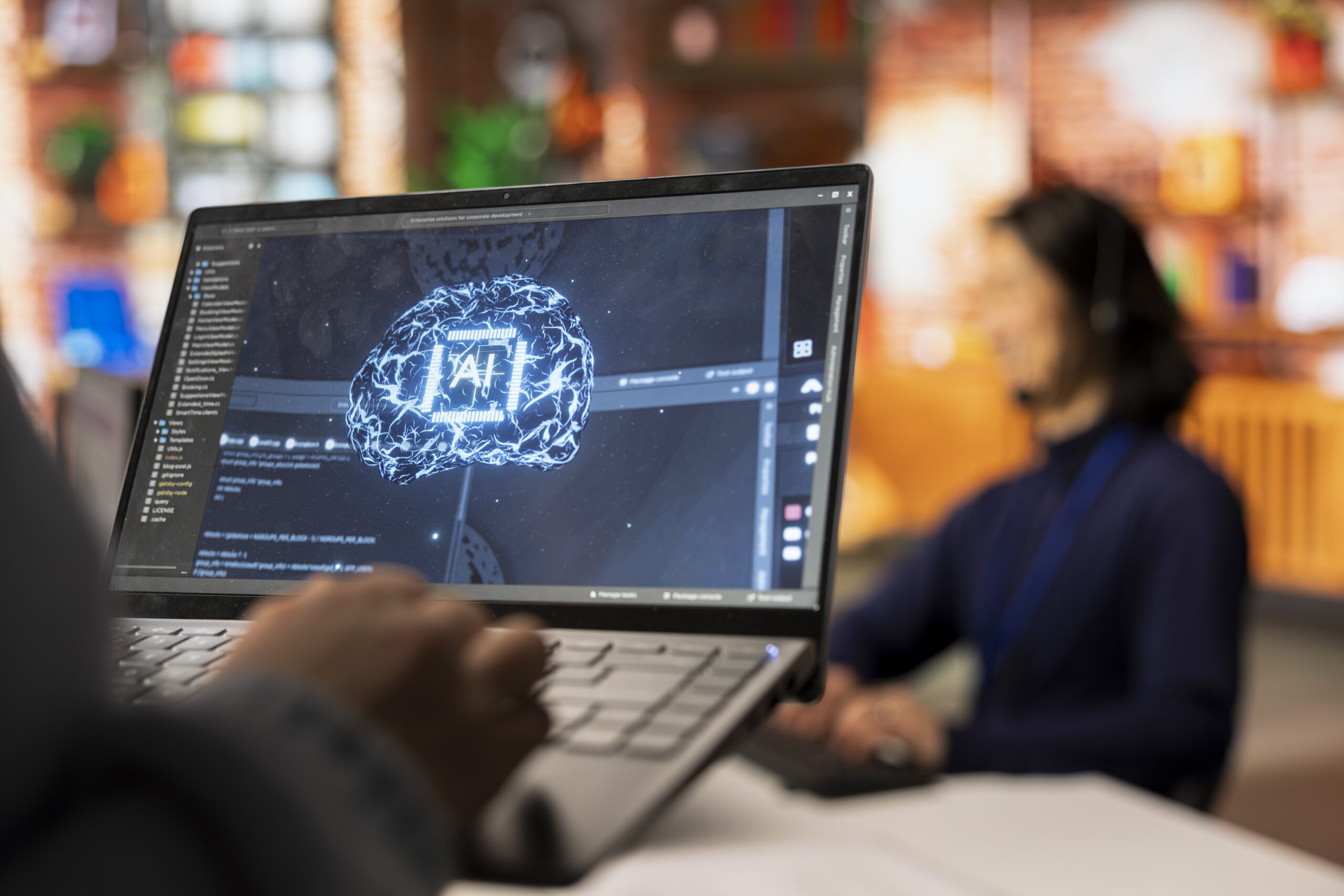AI isn’t some distant, futuristic sci-fi concept anymore, it’s here. It’s sitting on your desk, waiting in your pocket and making your cappuccino with the perfect foam to coffee ratio (well, maybe not…….yet). It’s reshaping our workday in real-time, and I’m genuinely excited about the potential. I love seeing how this tech changes my daily routine, boosts my productivity, and makes me and everyone in my team better at what they do. But take a quick look and you will quickly see that there is also a lot of fear being spread. “AI IS GOING TO TAKE YOUR JOB!”. It probably will, but I also think you should be excited that it will.
How AI Changes the Workflow Game
AI doomsayers are shouting from the rooftops (very loudly) and people are listening and wondering if it’s all over. It can really feel overwhelming and downright scary sometimes, but I want to take share a different perspective: intentional optimism.
AI makes our lives easier. No more tedious, repetitive tasks. No more wasted time. Tools like ChatGPT, Gemini, Claude and Good Tape can already draft your mails, make complex reports, help spark ideas, transcribe hours of audio and video and even make you into a japanese manga cartoon. We can go deeper, act quicker and unlock powerful insights and creativity at a whim. I’ve seen a million use cases and all of them are inspirational, at the core of each one, is a fundamental shift in our workflow that gives us back something truly priceless: time.
Will AI Take my Job?
If your job revolves around routine, repetitive tasks then the answer is yes. AI will take your job, and honestly AI will do it far cheaper, quicker, and more effectively than you. Absolutely. In transcription, AI has been transformative. We once talked to the world’s fastest human typist. He actually tried to convince us he could go head-to-head with AI. That’s like putting a sloth on a skateboard racing a supersonic jet around the globe. Today, we upload a 3-hour meeting and receive a near-perfect transcript within minutes—complete with speaker labels, summaries, highlighted follow-ups, and glossaries of specialized terms—in 100+ languages, for pennies. It’s not just replacing manual transcription; it’s obliterating it. But this isn’t a loss—it’s liberation. People previously chained to typing tasks now have the opportunity to upskill, refocus, and add value in ways only humans can. Instead of hours spent typing, journalists and researchers leverage tools like Good Tape and finish that work in seconds. Some customers report saving 3-4 months of tedious labor each year. The future isn’t about competing against AI; it’s about collaborating with it and thriving.
Challenges? Of Course!
Still, let’s face reality: integrating AI isn’t without bumps. Privacy issues, biased algorithms—these aren’t minor glitches. Companies must handle these challenges transparently and ethically. But managing these complexities upfront is exactly what will build trust and keep humans in the driver’s seat.
Tools That Make Work Cool Again
AI is already turning everyday tools into productivity superheroes. Project management software can give us more time for the fun stuff. Communication platforms like Slack and Teams now offer AI summaries—meaning less note-taking, more actual talking.
In customer relations, AI-driven platforms like HubSpot and Salesforce predict customer moves, giving sales teams insights they can actually use, not just numbers to stare at. It’s not about replacing us—it’s about amplifying our abilities.
Brilliant AI-Augmented Workflow Examples
Look at content creation—AI assistants and transcription services turn a brainstorming session into a structured document faster than your morning coffee brews. Marketers use AI analytics to pinpoint exactly what hits with their audience, dialing in campaigns like never before.
In HR, AI recruitment tools can handle initial screenings, freeing HR to focus on people-oriented tasks like meaningful interviews and onboarding. Human connection stays central, powered and streamlined by AI.
Striking the Perfect Balance
Companies thriving with AI understand the magic formula: automation plus human creativity equals success. It’s never about robots replacing humans; it’s about machines handling the tedious bits, letting us focus on uniquely human talents like empathy, innovation, and big-picture strategy.
AI Everywhere—Yes, Literally Everywhere
AI won’t just impact one sector—it’s going to touch every industry imaginable. Marketers, graphic designers, photographers, writers—they’ve already felt this change firsthand. But this isn’t just about desk jobs; blue-collar roles like taxi drivers, warehouse workers, and mid-level managers are equally affected. Jobs involving repetitive tasks, basic logistical coordination, or pattern recognition fall squarely in AI’s sights.
But here’s the kicker: I’m optimistic about this shift. When cars replaced horses, nobody predicted the surge of jobs the automotive industry would generate. Same with the internet. AI will lower costs, boost productivity, and open entirely new industries. Sure, there’ll be short-term turbulence, but long-term? It’s incredibly promising. Remember, reports highlighting 92 million displaced jobs also anticipate a net increase of 78 million new roles. If AI reshapes your role, it simultaneously creates something even more exciting—you just have to stay curious, optimistic, and ready to jump in.
AI in the workplace isn’t about losing; it’s about gaining, adapting, and evolving. The future looks bright—and AI? It’s simply here to help us shine brighter.







